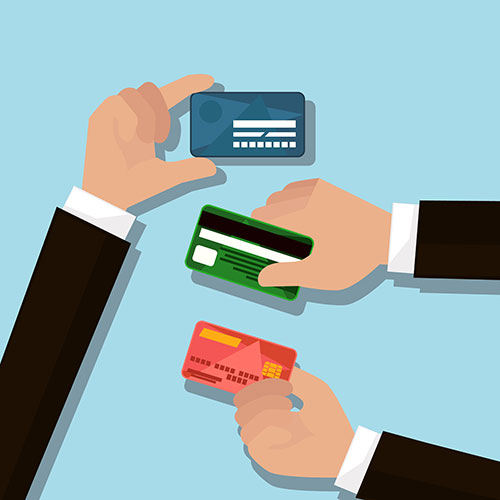Inscribing on frozen glass needs special attention to information. Begin with low power settings and gradually raise as required to avoid heat buildup or fracturing.
Laser inscribing allows for intricate designs not possible with traditional methods. Epilog Laser devices are easy to use with user-friendly software application for a seamless process. The devices are durable and can fit larger workspace for large jobs.
Typefaces
Glass engraving is a conventional technique that requires a good deal of skill and craftsmanship. Engravers use a number of devices to attain the outcomes that we know with today. Amongst them are diamond-point and wheel inscription, chemical etching and stippling. While these methods have their location, laser-engraving is the most efficient and flexible approach for glass etching.
The appropriate typefaces can aid your personalized styles stick out. One choice is a serif font, such as Lucida Hand, Monotype Corsiva or Georgia. These fonts feature fashionable decorations that develop a sophisticated, advanced try to find your commemorative plaques or customized gifts.
An additional alternative is to utilize a script font such as Century Gothic, which features slim serifs and alternates with stylistic swashes. Its thicker strokes make it extra legible at little sizes, which is essential for laser engraving. This typeface additionally etches faster than other types of typefaces, which can conserve you time on larger projects.
Typefaces
Engravings etched on glass are an important part of modern interior design. The product's capability to reflect and refract light gives it a visual that can alter the overall mood of an area. Personalized glass can be used for a wide range of attractive functions, from doors and dividers to tabletops and furnishings.
Engraving technology has actually progressed considerably in the last decade, making it possible for higher precision and even more complicated designs. Technical advancements include the intro of laser systems for improved accuracy and rate. Various other features consist of the combination of AI and machine learning for computerized process optimization, as well as boosted energy efficiency and sustainability.
When picking a font style for inscription, it is very important to consider its clarity and kerning (letter spacing). A tighter kerned font is much easier to read than a bigger one. Various other factors that affect font choice consist of style and aesthetic. As an example, a cursive font such as Lucida Calligraphy can look classy and charming for engraved presents and awards.
Typeface Combinations
When inscribing a gift or individualizing something with an inscription, the typeface you select can make or break it. Whether you are seeking to add a touch of love or a whimsical print, there is a typeface out there to match your needs.
One of the most essential facet of selecting the appropriate font style is its readability. Block typefaces like Times New Roman and Arial are terrific for engraved messages that need to be clear and quickly legible at smaller sized dimensions, while script or cursive typefaces can add an added special touch.
A typeface that works particularly well with laser engraving is Bebas Neue. Its https://www.google.com/search?q=About+https://www.youtube.com/watch?v=MKlTT-5cf4A&tbm=ilp constant line density makes it simple for newbies to use and generates results that are crisp and expert. It also etches well on timber and acrylic surfaces. Combining Bebas Neue with a serif font, such as Sacramento or Montserrat Light, produces a tidy, stylish layout. The contrast in between these designs helps the message to stand out and be clearly identified.
Colors
A laser etching equipment can etch a layout into glass. The process develops a permanent mark, and is typically coupled with other methods to generate polished surfaces. Relying on the type of glass utilized, various results can be accomplished. Inscribing machines use convenience and precision compared to older approaches of glass refining, and can be used to produce special layouts that are not possible with standard devices.
When engraving delicate glass, utilize a support material to soak up power from the laser. This protects against warm accumulation and splitting. It is additionally crucial to keep precise laser focus on the surface of the glass.
Using a marker or plastic sticker label to draw the desired design on the surface of the glass makes it much easier to attain precision when engraving. When the layout is engraved, a Dremel tool can be used to brush away any staying glass fragments and disclose the final product. Polishing the glass restores transparency and improves the visual of the ended up product.
